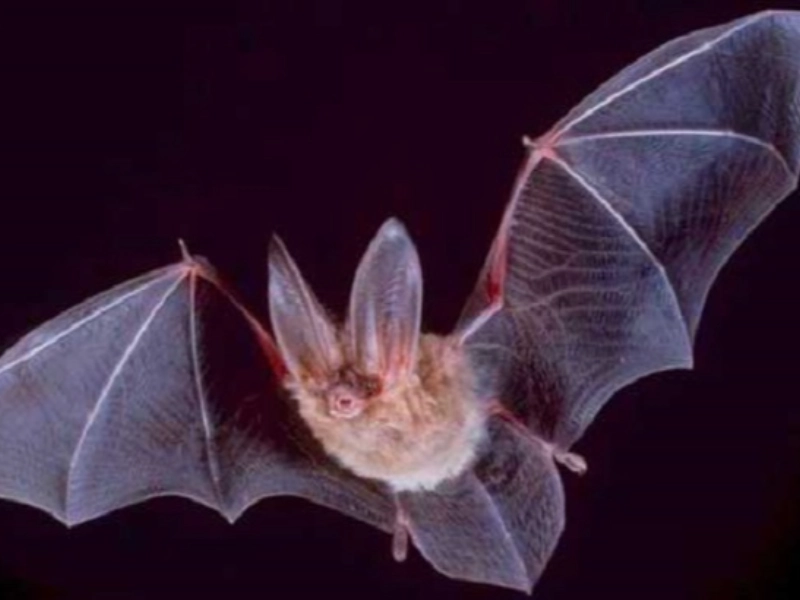Bats Cannot See

The phrase "blind as a bat" has led many to believe that bats are completely blind and rely solely on echolocation to navigate their surroundings. However, this is far from the truth. Most bat species have perfectly functional eyesight, and some even have excellent night vision, enabling them to see in low-light conditions. Echolocation, while an incredible adaptation, is not a replacement for vision but rather a complementary tool. Bats emit high-frequency sounds that bounce off objects and return as echoes, allowing them to "see" their environment through sound. This is particularly useful in complete darkness, where visual cues are limited. Interestingly, bats’ vision is often adapted to their specific needs. For example, fruit bats have larger eyes and better color vision than insect-eating bats, as they rely more on sight to locate ripe fruits. The myth that bats are blind likely originated from their nocturnal habits and reliance on echolocation, but the reality is that these creatures are equipped with multiple sensory tools to thrive in their environments.
Advertisement
Recommended Reading: 7 Shocking Things That Happen When You Eat Something Every Day
You are viewing page 8 of this article. Please continue to page 9
























Mind opening. Counterarguments welcome?